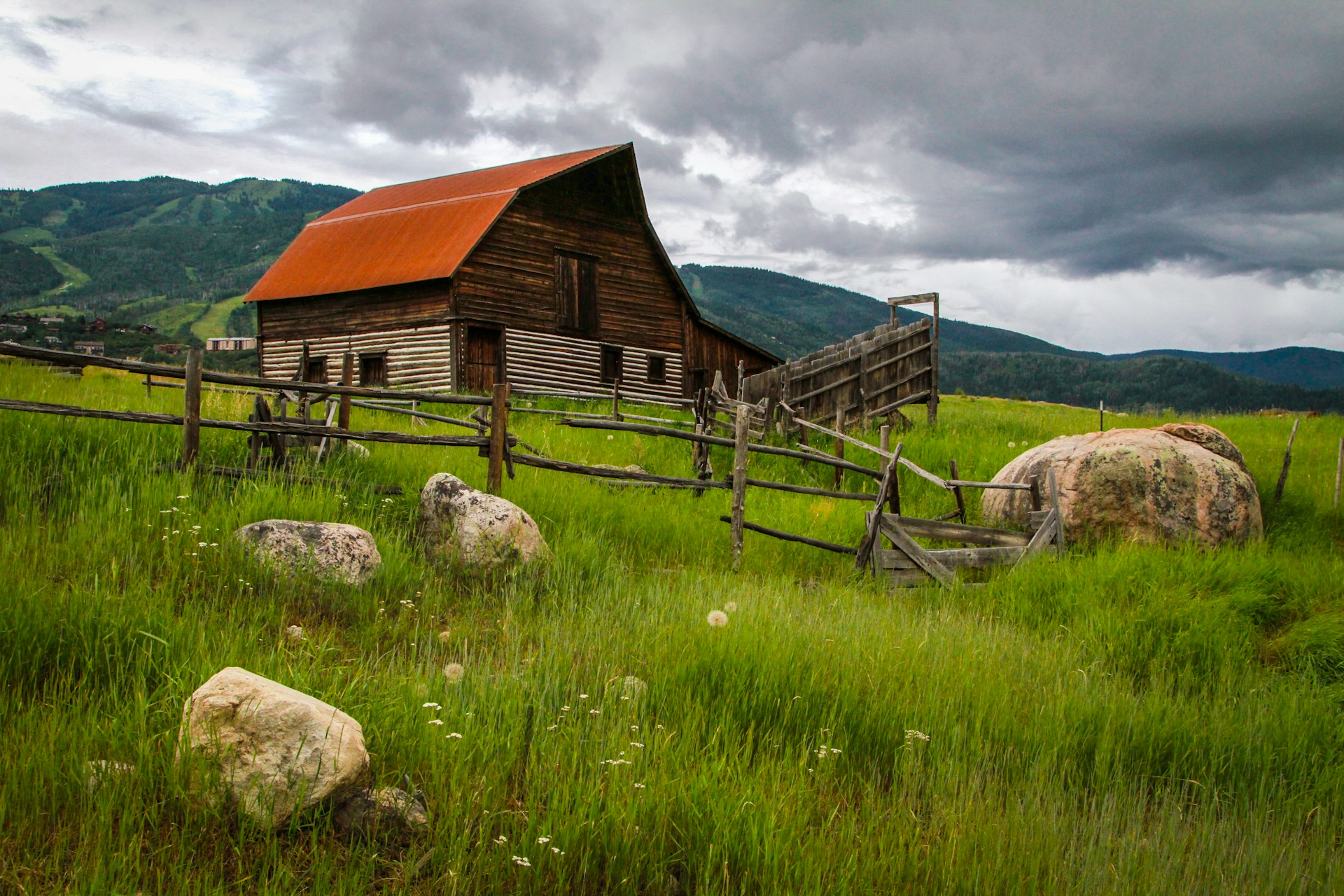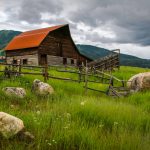Converting a barn into a home is an exciting venture that gives an opportunity to create a unique and personalized living space. However, it also comes with its challenges. From obtaining planning permission to getting the architectural design right, barn conversions pose a series of hurdles that need to be overcome. This article explores the complexities of converting a barn into a home, offering practical insights to guide you through the process.
Understanding the Architectural Significance
Barns are often historic buildings, and converting them into modern living spaces requires a deep understanding of their architectural significance. This is more than just appreciating the aesthetic value of the barn. You need to understand the building’s historical and cultural value, the architectural details that need to be preserved, and the restrictions that come with altering a structure of such significance.
Sujet a lire : How do energy efficiency regulations impact rental properties in the UK?
When undertaking a barn conversion project, it is crucial to hire an architect with experience in dealing with similar buildings. They will be able to guide you in preserving the character of the barn while incorporating modern amenities and complying with building regulations.
Planning Permission and Regulations
Before starting a barn conversion, you need to obtain planning permission. This process can be complex and time-consuming, as you need to meet the local council’s requirements and comply with building regulations.
Cela peut vous intéresser : What insurance coverage is essential for a holiday let in Cornwall?
In England, barn conversions fall under Class Q of the Permitted Development Rights. This means that you can convert an agricultural building into a home without requiring explicit planning permission, provided the building meets certain criteria. However, you will still need to submit a prior approval notice to the local planning authority, who will assess the impact of the conversion on issues like transport, flooding, and noise.
It’s important to remember that each council has different stipulations, so it’s crucial to consult with a planning consultant or architect before beginning your project.
Designing a Livable Space
A barn is not designed as a living space, and converting it into a home requires careful design and planning. You need to consider insulation, heating, plumbing and electricity, and how these will be incorporated into the building without damaging its structure or character.
Barns are typically large open spaces, so creating separate rooms while maintaining the open feel can be a challenge. This might require creative solutions, such as using glass partitions or mezzanine floors, to create distinct living areas without compartmentalizing the space too much.
Similarly, barns often lack natural light, so you need to plan for windows and skylights to ensure your home has adequate daylight. However, adding new openings can be tricky, as it can alter the building’s appearance and may require planning permission.
Maintaining the Character of the Barn
While you want to create a comfortable and modern home, it’s important to maintain the character of the barn. This means retaining original features, such as timber beams, stone walls, and vaulted ceilings, and using materials that complement the building’s original style.
However, incorporating these features into your design can be challenging. For example, exposed beams and stone walls can make it difficult to insulate the barn and install services. Also, preserving these features can be costly, as it often requires specialist skills and materials.
Budgeting for a Barn Conversion
Finally, converting a barn into a home can be expensive. The cost can vary significantly depending on the condition of the barn, the complexity of the design, and the level of finish you want.
It’s essential to have a clear budget for your project and to factor in contingencies for any unexpected costs. For instance, you might uncover structural issues once work begins, or the cost of materials and labor might increase.
In summary, converting a barn into a home is a challenging but rewarding project. It requires careful planning, a deep understanding of the building’s architectural significance, compliance with planning permission and regulations, and a balance between preserving the barn’s character and creating a comfortable, modern living space.
Navigating the Conversion Process: From Barn to Home
The conversion process of a barn into a home requires careful planning and meticulous execution. It usually starts with understanding the architectural significance of the barn, obtaining necessary planning permissions, mapping out the livable space, and then moving onto the actual conversion process.
To initiate the conversion project, it’s essential to hire an architect who specializes in barn conversions. They would appreciate the historical and cultural value of the barn, identify architectural details that need to be retained, and be aware of the restrictions that come with altering such a structure.
Next comes obtaining planning permission. Although barn conversions in England fall under Class Q of the Permitted Development Rights, meaning you can convert an agricultural building into a home without explicit planning permission, a prior approval notice is still required. This notice should be submitted to the local planning authority to assess the impact of the conversion on issues like transportation, flooding, and noise. It’s also worth noting that each local council has different stipulations, making it crucial to consult with a planning consultant or architect before starting the project.
Once the planning permission is obtained, the focus should be on designing a livable space. This involves incorporating modern amenities like insulation, heating, and plumbing into the barn without damaging its structure or character. Barns are typically open plan spaces, which might require creative solutions, like glass partitions or mezzanine floors, to create distinct living areas without overly compartmentalizing the space. Adequate natural light is also crucial in a home, so planning for windows and skylights is a must, even though it might require additional planning permission.
Conclusion: Converting a Barn into a Residential Home
Converting a barn into a residential home is indeed a challenging task, but the end result can be a unique and beautiful living space. It’s important to maintain the barn’s original character by retaining features like timber beams, stone walls, and vaulted ceilings, and by using materials that complement the building’s original style.
Incorporating these features into your home might pose challenges, like difficulty in insulation and installation of services, not to mention the increased cost due to the required specialist skills and materials. Therefore, budgeting becomes crucial in a barn conversion project. The cost can vary significantly based on the barn’s condition, design complexity, and the desired level of finish. It’s advised to have a clear budget with contingencies for unexpected costs, like uncovering structural issues or a rise in materials and labor costs.
In conclusion, converting a barn into a home is an exciting yet daunting endeavor that requires careful planning, understanding of the building’s architectural significance, compliance with planning permissions and regulations, and a balance between preserving the barn’s character while creating a modern, comfortable living space. Despite the challenges, the outcome of a successful barn conversion is a unique, personalized home that bears the charm of history while offering the comforts of modern living.











